Relieve Your Back Pain with Effortless Micro-Movements
When you picture the “ideal” sitting posture, what comes to mind?
I’m guessing your imagination went straight to the suggested, ergonomic image that we have been shown since the dawn of personal computers. The cookie-cutter image of a user sitting at a 90-degree angle at the hips and knees, elbows bent at 90-degrees, wrists neutral and spine in perfect alignment. Your forearms and spine, of course, are supported by the incredibly expensive ergonomic chair – which, no doubt, they are selling.

There’s an inherent problem with this image, however. This hyper-constructed environment promotes “stillness” in every joint, movement delegated only to your fingers and eyeballs. The body is artificially propped up, stagnant without the stimulation of the major muscles and soft tissue of the body.
Your body, however, thrives on circulation and oxygen that is produced through muscular contractions. When you adhere to society’s outdated imagery of “perfect sitting posture” you remain cocooned, void of the mechanical stimulation that aids in the function of your digestive and elimination systems -- all because everything is still, stuck in space.
This old-fashioned posture purposefully discourages motion. Its goal is to eliminate the need for any energy expenditure at all. At first glance, this may sound somewhat appealing. Except, an expert analysis has shown us the average American adult spends 6.5 hours a day sitting and the average teenager spends 8 hours a day sitting. Whether you work in an office, or work from home, statistically, you’re spending 70% of your waking hours sitting.
Even if you workout like a champion for an hour after sitting for 70% of the day, your internal organs will still resemble those of an obese person. Read that again – you can do everything “right,” and your organs are still suffering. A 2019 study in Medicine and Science in Sport and Exercise brought this information to light. The data came to as a huge surprise to many dedicated gym-goers who sat extensively for work. It’s scary, to say the least.
So we decided to do something about it.
The advantages of a sitting environment like Core-Tex Sit lies in both the patented motion it provides and the effortless response to movement. This patented motion provides an infinite number of micro-positional changes in your hips and lower back, relieving stress to the back and promoting healthy circulation. This responsiveness means that gravity plus your normal desk activity are enough to produce motion in a Core-Tex Sit, requiring no distraction or deliberate thought from you.
Above all else, we want to invest in something that naturally works with our brains and bodies. Thankfully, your body is already programmed to benefit from micromovements. Did you know that shivering can increase your body heat production up to 500%? Micro movements add up.
Maybe you’re already working hard to find the perfect work setup.
Do you have a standing desk? Three hours of standing only burns 24 more calories than sitting -- about 7 sips from a soda. Here’s the second kicker -- prolonged standing has its own set of challenges. The spinal muscles that keep us upright (often the site of lower back pain) are always “on” when we stand. As you stand still at your computer, those poor guys don’t get a break. As if that isn’t problematic enough, when we stand still for extended periods of time, we run the risk of blood pooling in our lower legs.
Because ergonomic chairs and standing desks aren’t optimal, we need a lasting solution. The solution is varying our posture and movements. In the office or a work-from-home environment, we can create that variability with micro-movements.
Micro-movements are small motions like fidgeting or weight-shifting that provide a wide-spread distribution of work throughout the body, promoting healthy tissue from circulation, and burning calories with what the Mayo Clinic calls N.E.A.T. (non-exercise activity thermogenesis).
But if we must actively think about, plan, and execute micro-movements, we end up disrupting any sort of workflow we are in, and spend cognitive energy that could be better spent on our work or hobbies.
With a Core-Tex Sit, you do more than just counter the “stillness” created by standard sitting. You make sitting productive by effortlessly engaging your core and pelvic floor muscles, improving your pelvic/lumbar stability, and adding to your daily calorie burn.
So, sit the way we know you need to, but take care of your body in the process. Grab a Core-Tex Sit and see and feel the difference for yourself.
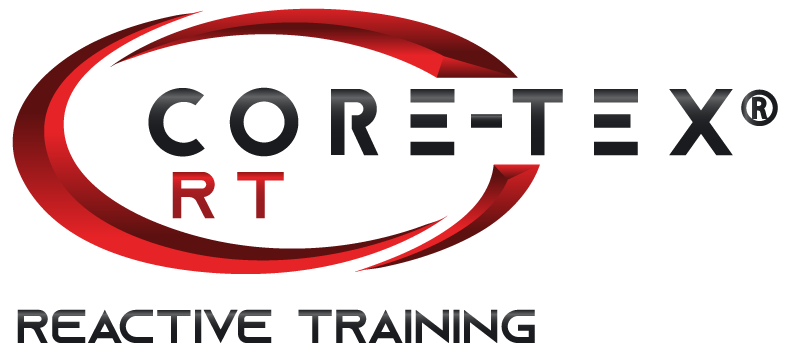

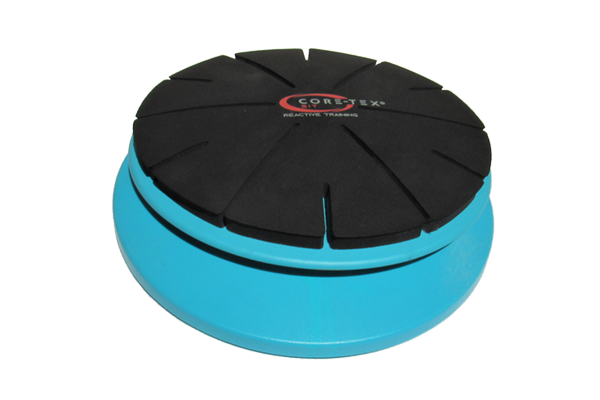
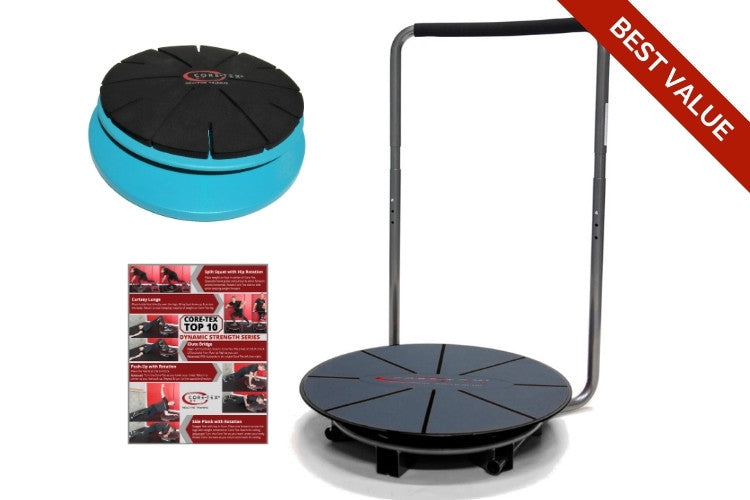



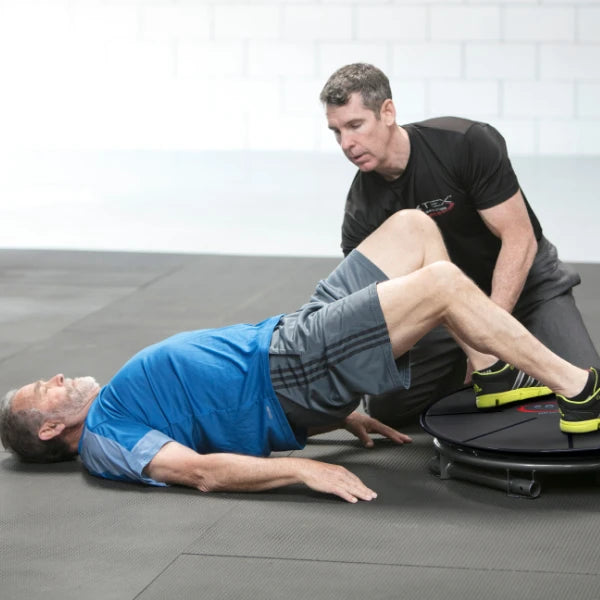
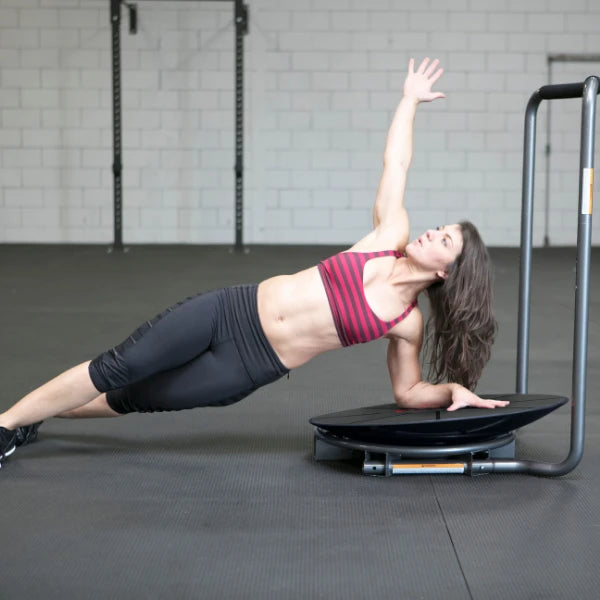
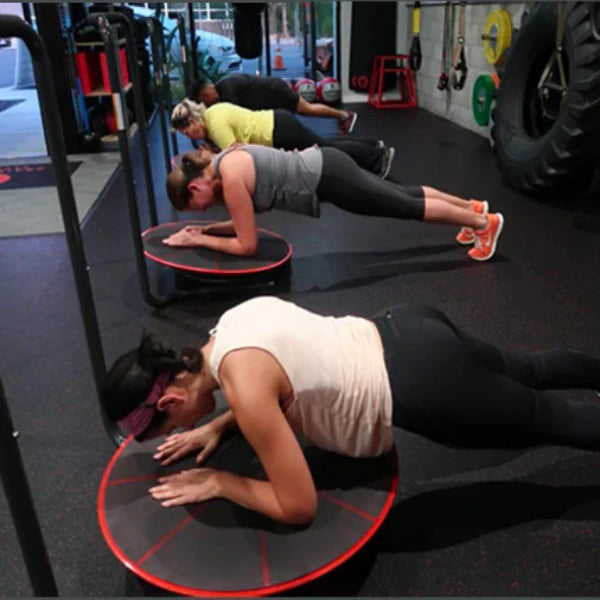
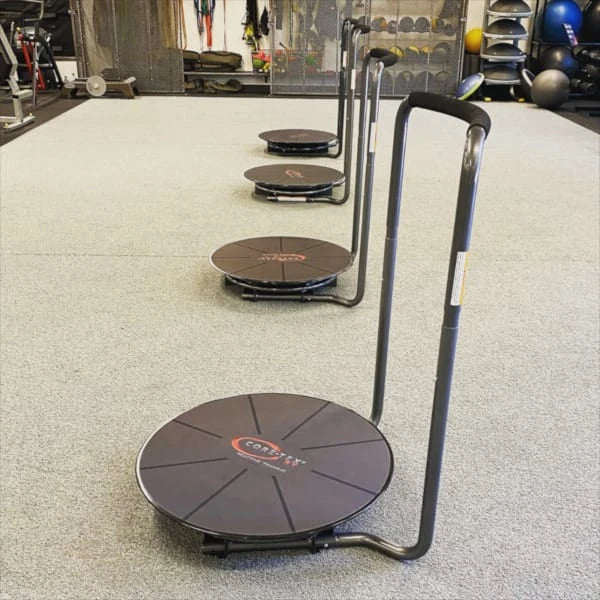
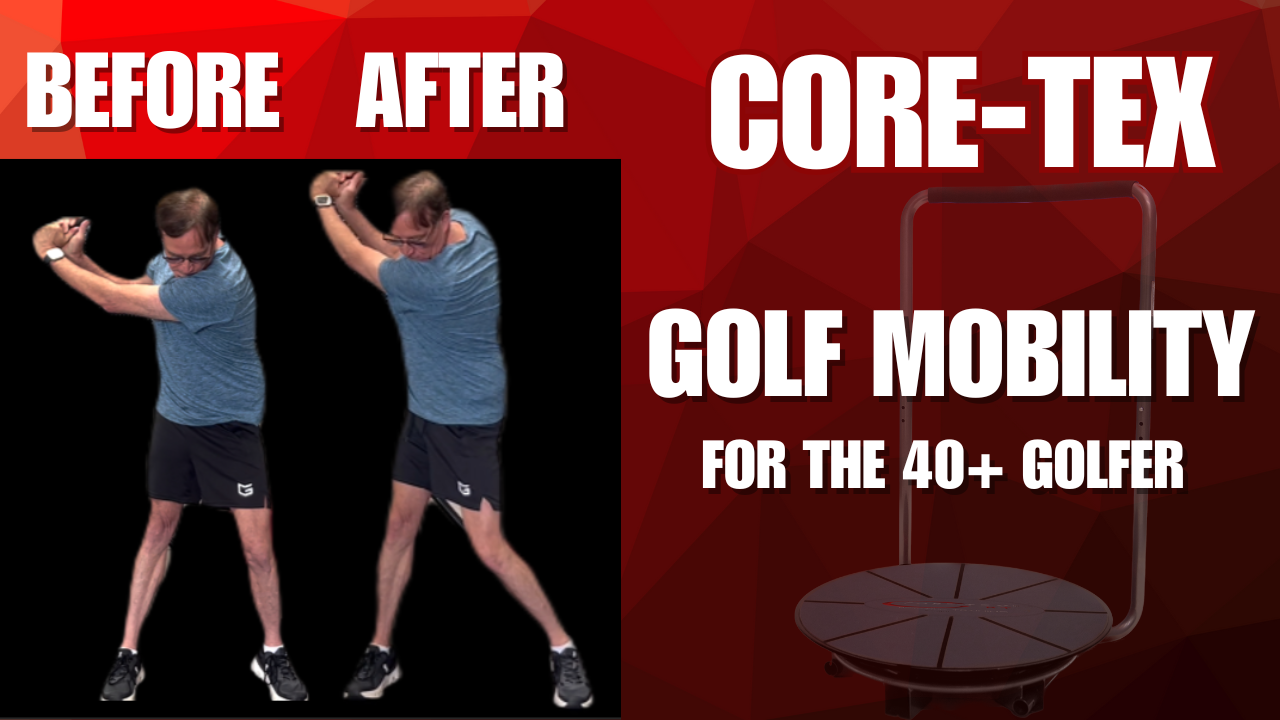
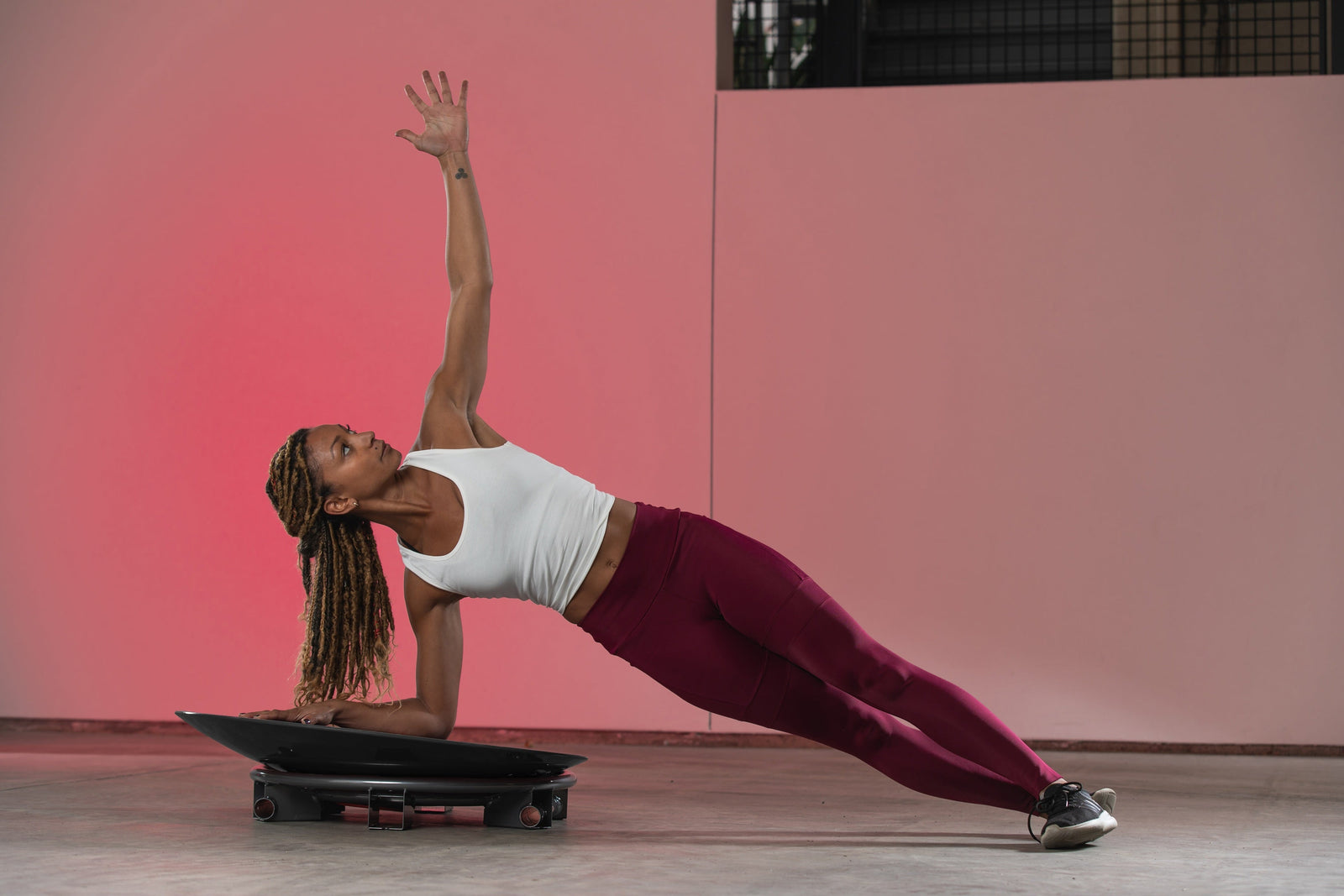
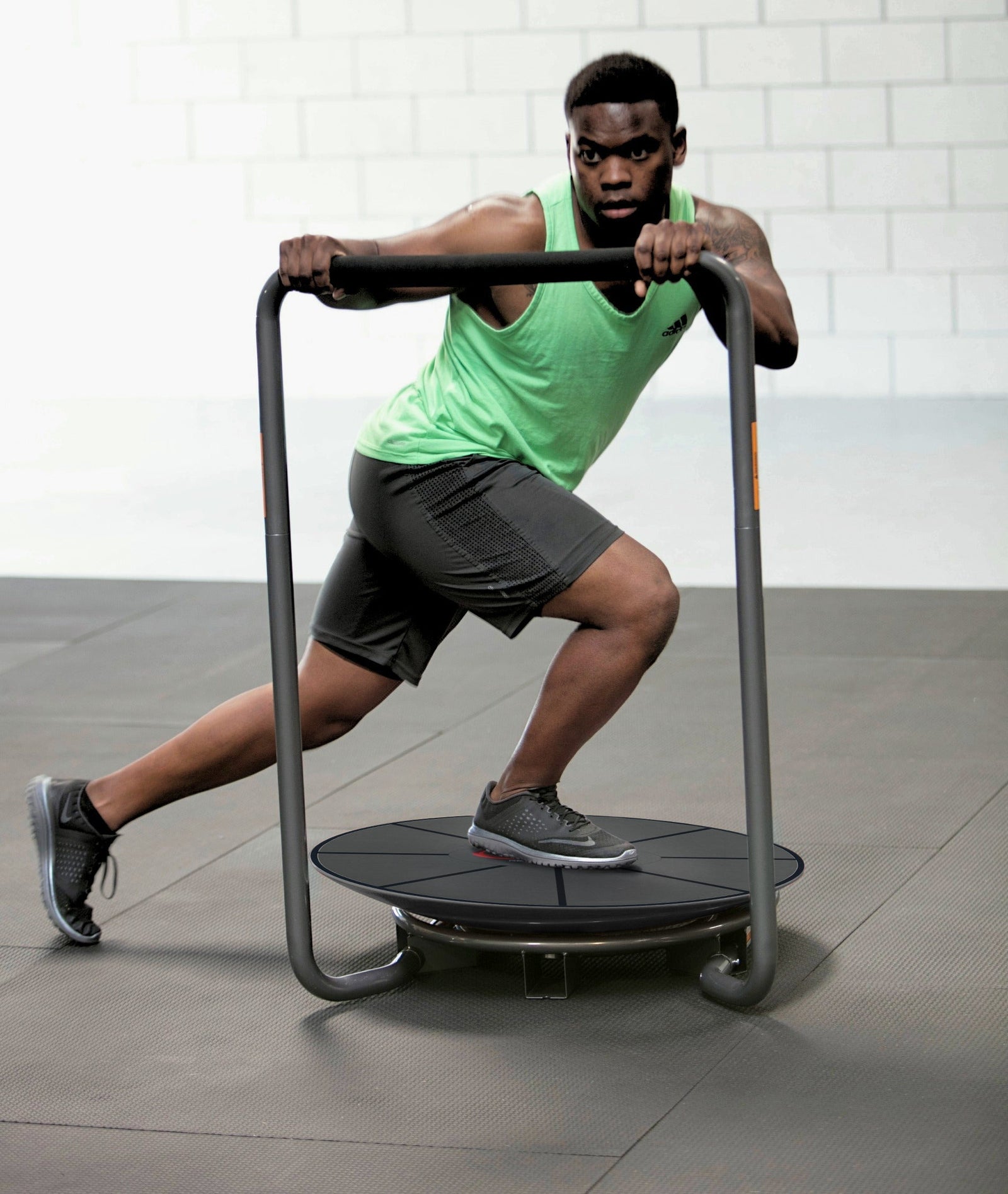
Leave a comment (all fields required)